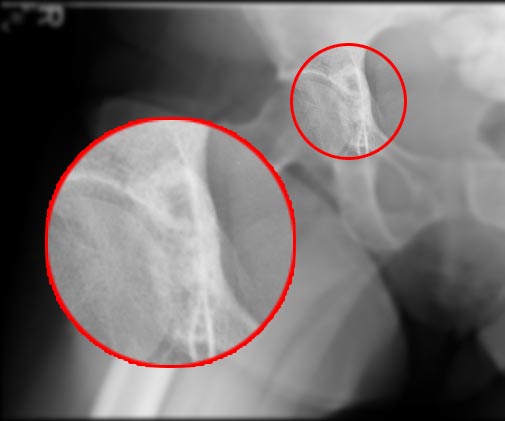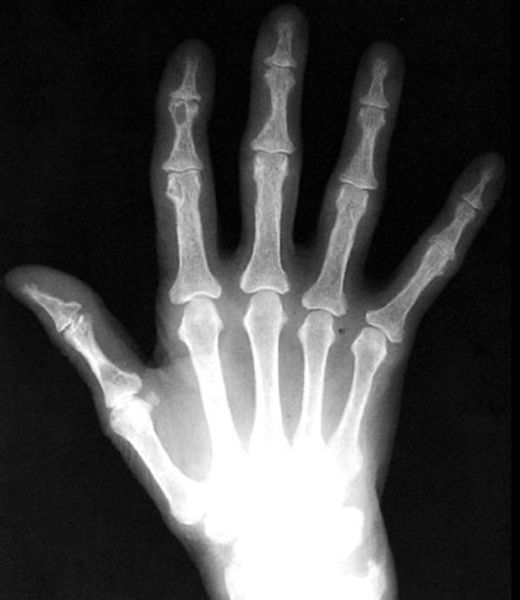Brown tumor
|
WikiDoc Resources for Brown tumor |
|
Articles |
|---|
|
Most recent articles on Brown tumor Most cited articles on Brown tumor |
|
Media |
|
Powerpoint slides on Brown tumor |
|
Evidence Based Medicine |
|
Clinical Trials |
|
Ongoing Trials on Brown tumor at Clinical Trials.gov Clinical Trials on Brown tumor at Google
|
|
Guidelines / Policies / Govt |
|
US National Guidelines Clearinghouse on Brown tumor
|
|
Books |
|
News |
|
Commentary |
|
Definitions |
|
Patient Resources / Community |
|
Patient resources on Brown tumor Discussion groups on Brown tumor Patient Handouts on Brown tumor Directions to Hospitals Treating Brown tumor Risk calculators and risk factors for Brown tumor
|
|
Healthcare Provider Resources |
|
Causes & Risk Factors for Brown tumor |
|
Continuing Medical Education (CME) |
|
International |
|
|
|
Business |
|
Experimental / Informatics |
Editor-In-Chief: C. Michael Gibson, M.S., M.D. [1]
Overview
Brown tumors are tumors of bone that arise in settings of excess osteoclast activity, such as hyperparathyroidism[2], and consist of fibrous tissue, woven bone and supporting vasculature, but no matrix. They are radiolucent on x-ray. The osteoclasts consume the trabecular bone that osteoblasts lay down and this front of reparative bone deposition followed by addition resorption can expand beyond the usual contour of the bone, involving the periosteum and causing bone pain. The characteristic brown coloration results from hemorrhage into the ostelytic cysts.
Brown tumors represent a reparative cellular process rather than a neoplastic process. In chronic renal disease, continual, excessive urinary calcium excretion can lower the serum calcium level and lead to a rise in parathonmone secretion so that skeletal calcium can be mobilized to maintain normal serum calcium levels. This mobilization occurs through rapid osteoclastic turnover of bone, a direct effect of parathormone on bone. In localized regions where bone loss is particularly rapid, hemorrhage, reparative granulation tissue, and active, vascular, proliferating fibrous tissue may replace the normal marrow contents, resulting in a brown tumor. Hemosidenin imparts the brown color. Brown tumors have a slightly greater frequency in primary hyperparathyroidism than in secondary hyperparathyroidism (3% vs 2%). However, secondary hyperparathyroidism is much more common than primary hypenparathyroidism so that most brown tumors are associated with secondary hyperparathyroidism.
Causes
Diagnosis
The following are the imaging findings
X-ray
- Well-defined, purely lytic lesions that provoke little reactive bone. The cortex may be thinned and expanded, but will not be penetrated.
CT
- Attenuation values on CT will be in the range of blood and fibrous tissue.
Angiography
- Hypervascular.
Bone scan
- Intensely uptake.
Patient #1: Hip pain in a patient with hyperparathyroidism
Patient #1: Primary hyperparathyroidism




